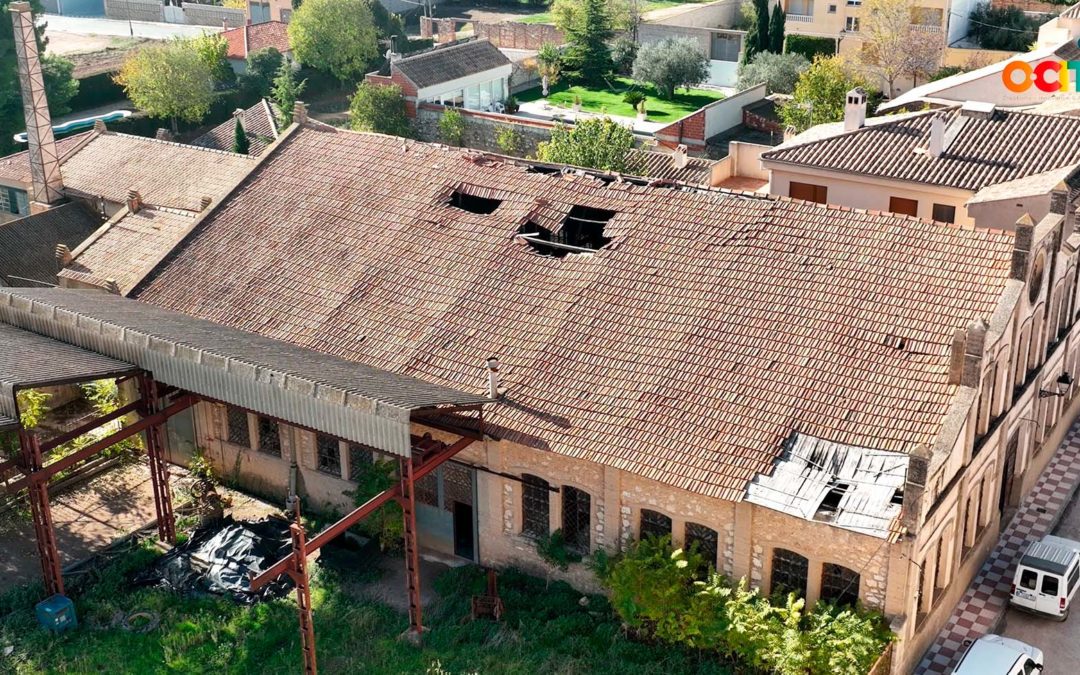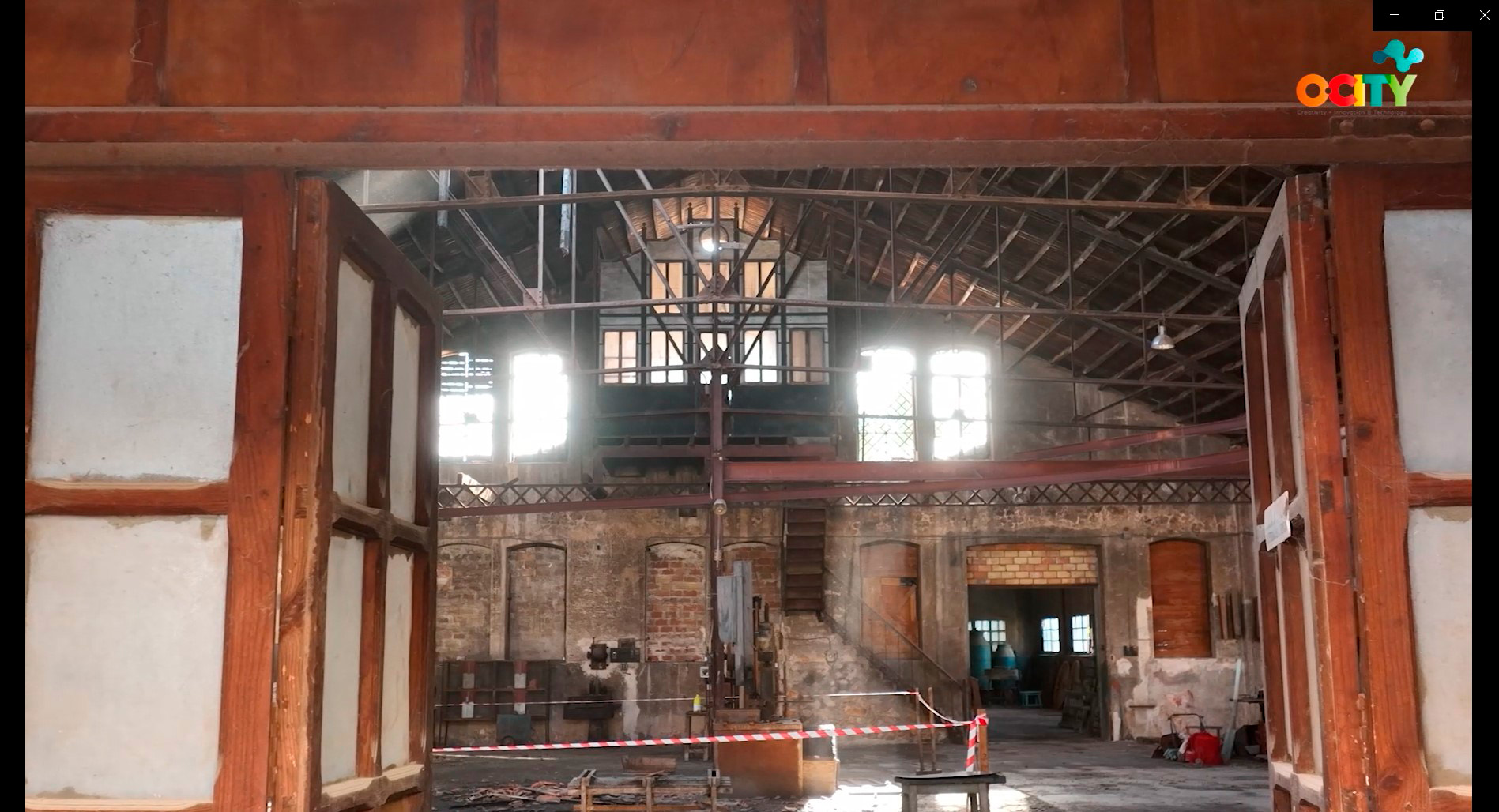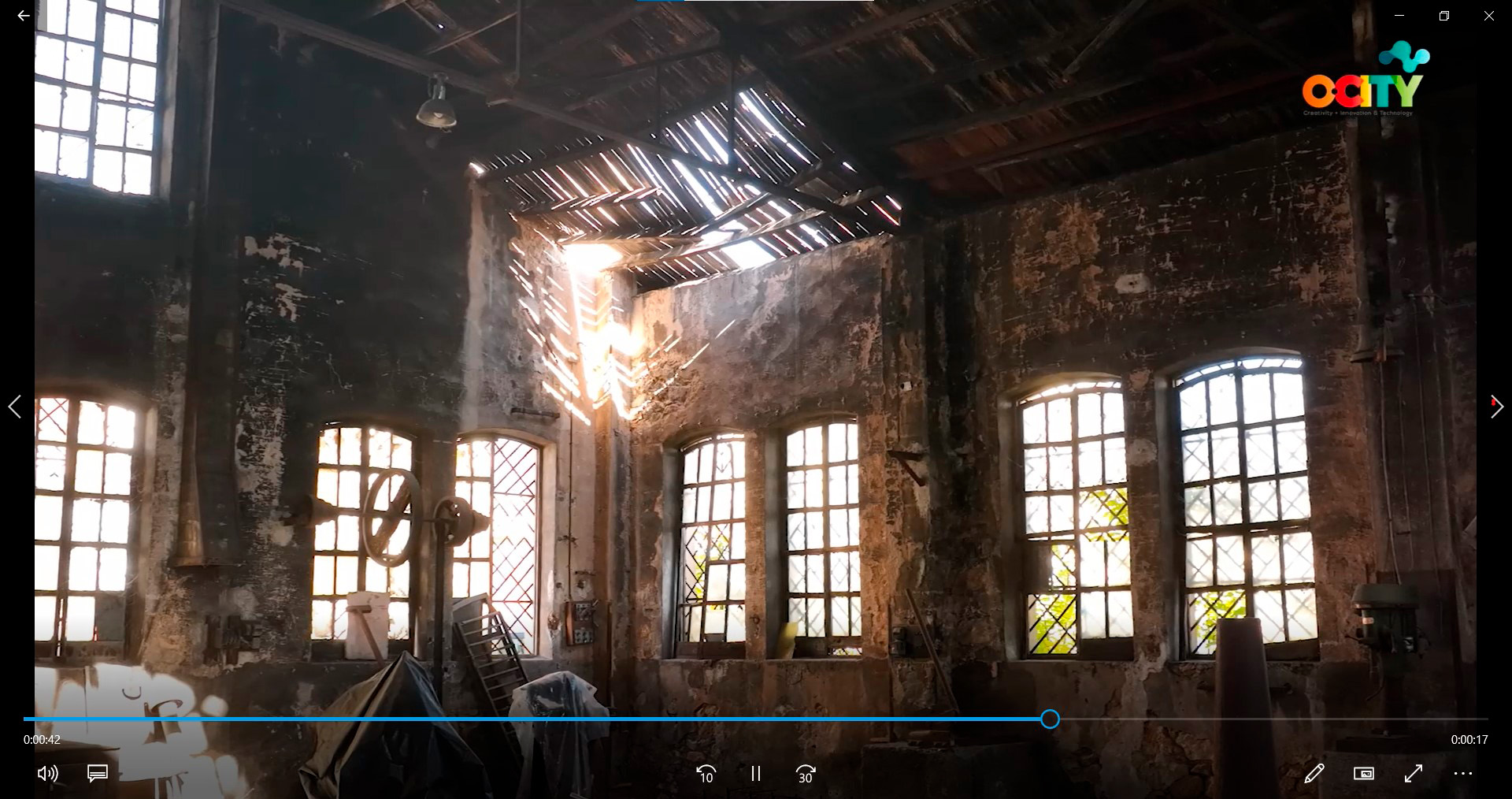Does it make sense to preserve our industrial heritage at risk?
REGARDING THE CONTENT OF O-CITY
Recently, the cultural and natural heritage platform O-CITY has published the video/podcast entitled “El taller de mi abuelo”, based on a story that highlights the need to recover the magnificent building of the ‘Taller de construcción de carruajes San Antonio’ or ‘Taller dels Canets’, an industrial heritage at risk in Beneixama (Alicante). The question now arises as to whether or not it would be worth recovering this type of building.
Like this one, there are several emblematic industrial buildings that have fallen into disuse in our community due in some cases to changes in consumer habits and, in others, to the phenomenon of the relocation of industrial production that has arisen in the world in recent years. The passage of time is proving lethal for these buildings whose destruction closes a page in the history of a town, under the impotent gaze of their heirs and the indifference of the public administrations.
With the San Antonio de Beneixama Carriage Building Workshop, O-CITY has identified various heritage elements in the upper Vinalopó region and in other Valencian regions, such as the Lombard Silk Factory in Almoines in La Safor. These buildings, which once housed industrial and commercial activities, are currently in a state of abandonment; and they are valuable not only for their unique architecture, but also for their history, for an economic and social legacy that cries out for a solution before time ends up destroying them.
It would be enough to look at the “Red List” of Fundación Hispania Nostra to recognise the heritage elements included in the Valencian Community at risk of disappearance, which already exceeds one hundred; many of them of an industrial nature:
However, there is still time to restore our heritage. As has already been done in other types of interventions, the administration and/or whoever corresponds in each case, after ensuring their stability and conditioning their spaces, could give them different new and original uses: museum, interpretation centre, theatre, collaborative space for the promotion of entrepreneurship, rooms for functions and other events, among others; or the combination of some of them in the same place. In times when tourism seeks nature and culture, the restoration of these heritage assets could be an element of economic dynamisation for these regions, disinherited by recent history.
Do we need political and social will, do we need to identify the aid that Europe and the state itself will surely have for this type of industrial heritage at risk? Certainly. In the meantime, the inexorable passage of time will continue to reveal our lack of memory and gratitude, not only for these buildings, but also for the trades and activities that have certainly allowed us to move forward as a society.
The story told in the O-CITY video/podcast serves as an epilogue to this article. The story of the little girl who discovered the workshop where her grandfather built the carriages of fairy tales:
“In memory of all the trades of the past that have fallen into oblivion. Great is the people who keep in memory what once gave them dignity”.
“El taller de mi abuelo” is a story about the need to recover the building of the ‘Taller de construcción de carruajes San Antonio’ in Beneixama, Alicante.
Exclusive audiovisual on the cultural and natural heritage platform O-CITY:
https://o-city.org/dashboard/map/heritage/taller-de-carruajes-san-antonio-taller-dels-canets-beneixama



